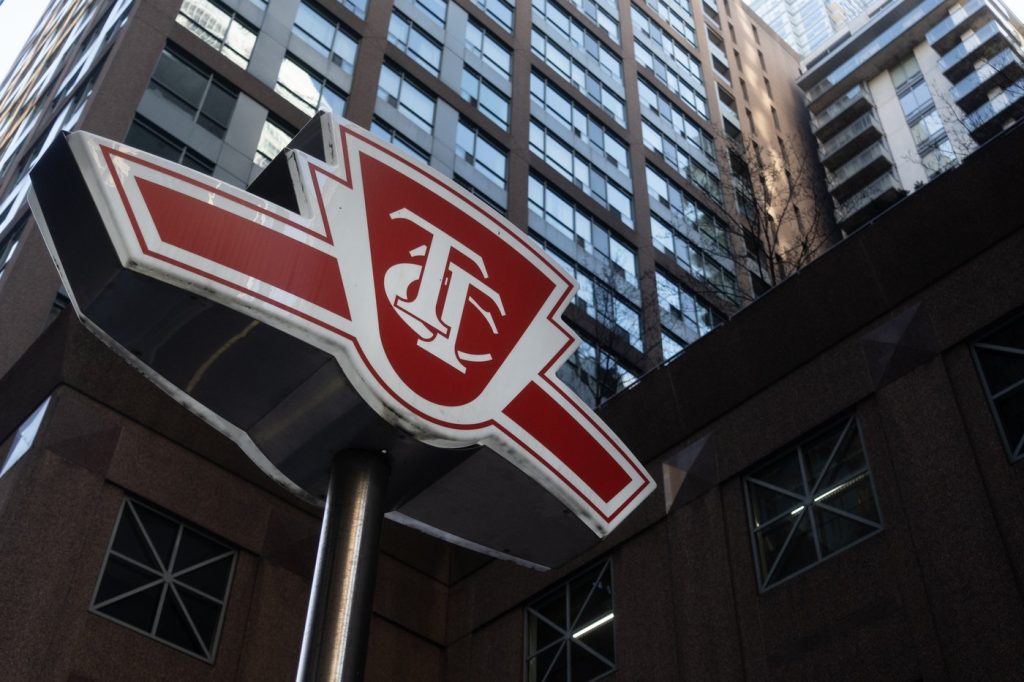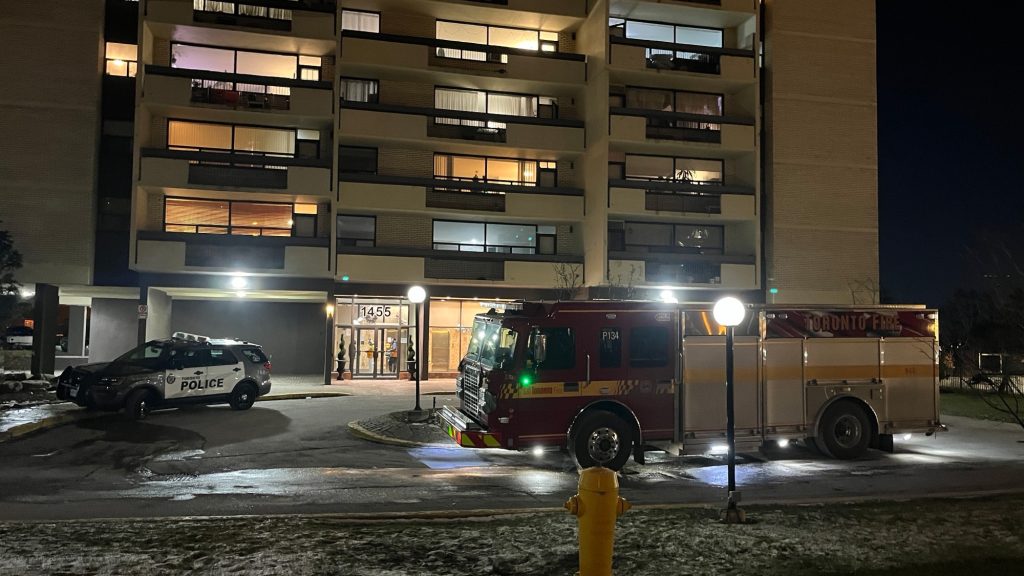Ontario to bar international students from medical schools starting in 2026

Posted October 25, 2024 12:05 pm.
Last Updated October 25, 2024 6:12 pm.
The Ontario government says it will allocate the vast majority of medical school seats to residents in the province with the remaining reserved for other Canadians, barring international students.
The announcement was made by Premier Doug Ford on Friday along with a number of measures they say will help close the gap of people who don’t have access to a regular health-care provider.
The legislation, if passed, will require Ontario medicals schools to allocate at least 95 per cent of spots to Ontarians and the other five per cent reserved for students from the rest of Canada.
“There was 18 per cent students from around the world taking our kids’ seats and then not even staying here and going back to their country, and it’s just not right,” Ford said at a news conference.
“So now it’s going to be 100 per cent Canadian, 95 per cent Ontario.”
Provincial data show there were 10 international students in medical schools in Ontario out of 3,833 students total in the 2023-24 school year.
That means foreign students accounted for a tiny fraction of just 0.26 per cent of the total.
Liberal health critic Adil Shamji, who is also an emergency room doctor, said there are so few international students that it is not a concern.
“Protecting more medical school spots for students in Ontario is a fair move, as other provinces do it all the time,” Shamji said.
“But this won’t actually add any family doctors to the work force for six years. Where was he with this policy two, three or four years ago?”
The plan also included an estimated $88 million over three years, starting in 2026, to expand Learn and Stay grants for 1,360 eligible undergraduate students who commit to practicing family medicine.
As of July 2024, there are now 2.5 million people in Ontario who don’t have a family doctor, the Ontario College of Family Physicians has said.
The government also plans to review the visa trainee program, which trains international students sponsored by foreign governments.
When asked if she was worried about closing off the talent pool to international students, Health Minister Sylvia Jones said they are putting Ontario students first.
“We know through our data that when students train, practice and learn in the province of Ontario, they stay,” said Jones.
She said data from the Northern Ontario School of Medicine, shows if you train in Northern Ontario, you have a much higher chance and percentage of students who continue to practice in the north.
“We want to bring that talent back to Ontario … We still have a small pathway for Canadian students because we also understand our responsibility as the leading province … but we are going to prioritize Ontario residents, because those are our taxpayers that are paying those students to go to school.”
A study by the Canadian Institute for Health Information released on Thursday said 12 per cent of Ontarians do not have a family doctor.
It is an issue that has dogged the Ford government over the years, as the numbers of Ontarians without primary care rose during his tenure.
This week, the province appointed former federal Liberal health minister Jane Philpott to a new role with a goal of connecting every Ontarian to primary care within the next five years.
“She’s going to be on the ground fixing that gap,” Ford said.
Ontario also plans to open two new medical schools at Toronto Metropolitan University and York University and has expanded medical school seats, adding more than 260 undergraduate and 449 residency spots.
Files from The Canadian Press were used in this report








